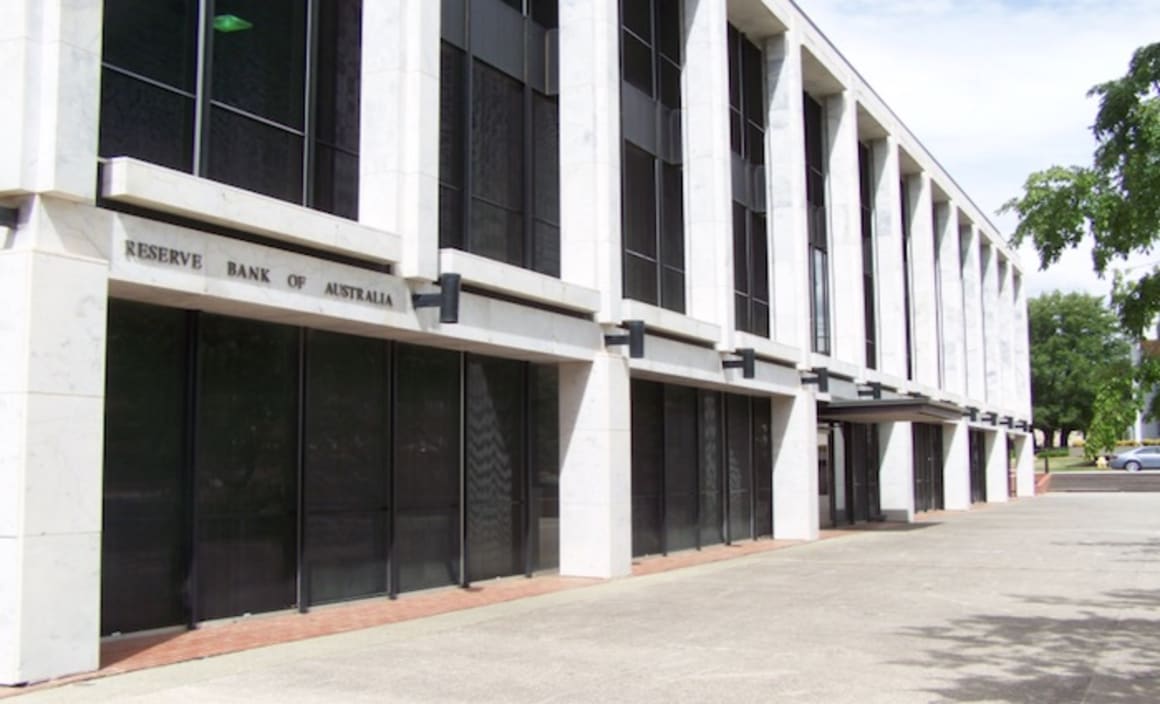RBA consider cutting interest rates as not high risk at March meeting

At the March meeting, RBA governor Philip Lowe said the benefits from lower interest rates outweighed the risk of cutting rates.
When deciding to cut to a historic low 0.5 per cent, Lowe said members discussed that a further reduction in interest rates could encourage additional borrowing at a time when there was already a strong upswing in the housing market.
He said that risk, in the current context of heightened uncertainty, was not viewed as particularly high, relative to the benefits from lower interest rates.
The RBA board's first point of call at the March meeting was to discuss financial markets.
They tend to open with international economic conditions, but given the financial ramifications on COVID-19, which was mentioned 24 times in the minutes, financial markets came first.
Financial markets also began the December minutes, although this was well before any notion of COVID-19 was even discussed as having such an imprint on the Australian economy.
RBA Governor Philip Lowe's opening statement stated that it had become increasingly clear that the spread of the novel coronavirus disease (COVID-19) beyond China would cause a major disruption to economic activity around the world.
There was no great concern on the housing market front from Lowe, who described the February housing market as "robust."
"National housing price growth had remained robust in February and most capital cities had experienced at least moderate price increases," Lowe said.
"The strong growth in housing prices had also encouraged more new residential listings, albeit from very low levels.
"Turnover had increased, which, by itself, was expected to help support other types of spending."
Lowe said indicators of activity at the earlier stages of residential building had remained consistent with a turnaround in activity in the second half of 2020, especially for detached dwellings.
He noted however the December quarter data on residential building work done indicated dwelling investment had decreased again, driven by a further decline in the construction of new dwellings.
Over the previous six months, growth in housing credit for owner-occupiers had increased a little, members observed, but housing credit was growing more slowly than housing loan commitments, consistent with a rise in mortgage payments over the previous six months.
Loan commitments to investors had increased modestly over the same period, while housing credit for investors had stopped declining recently.